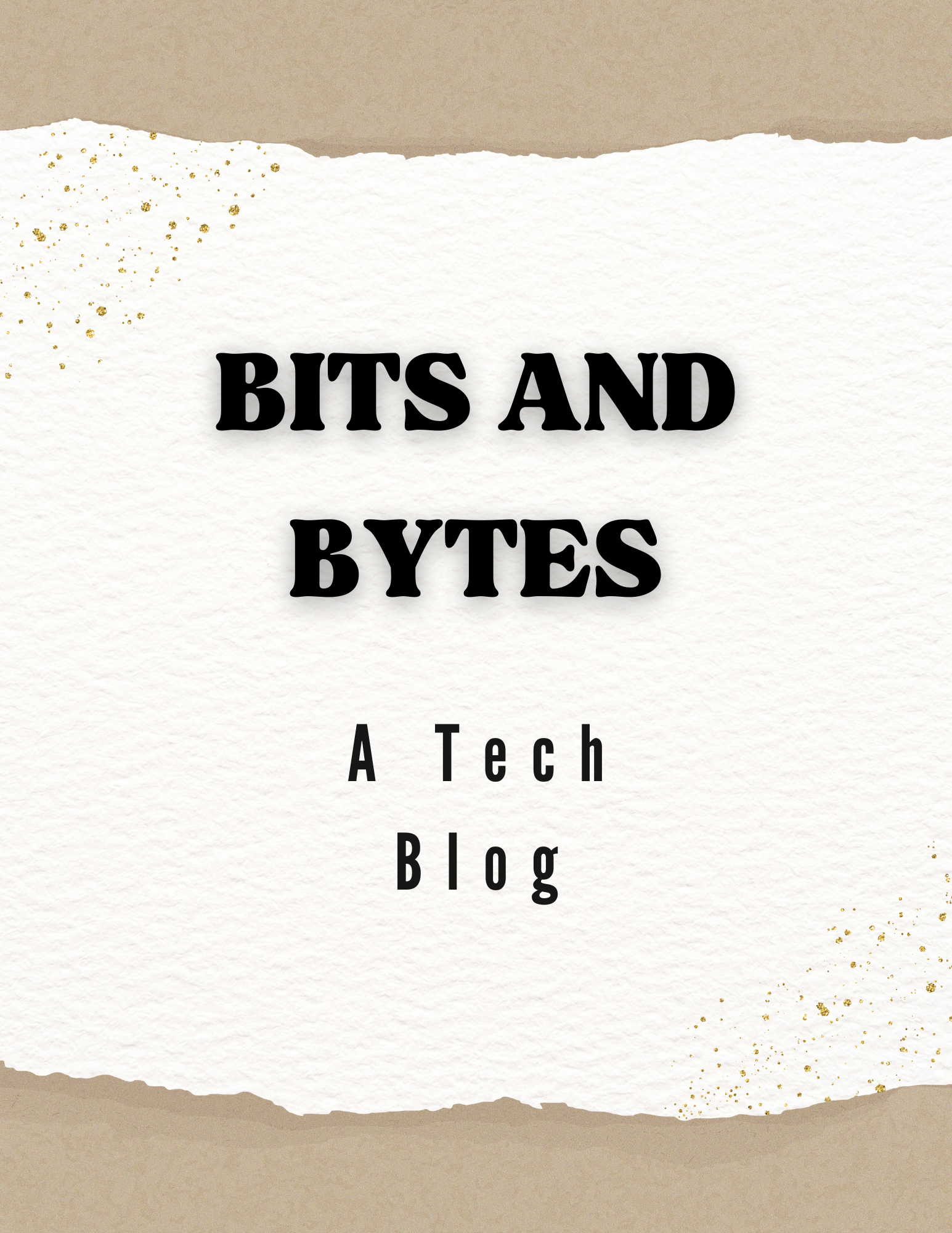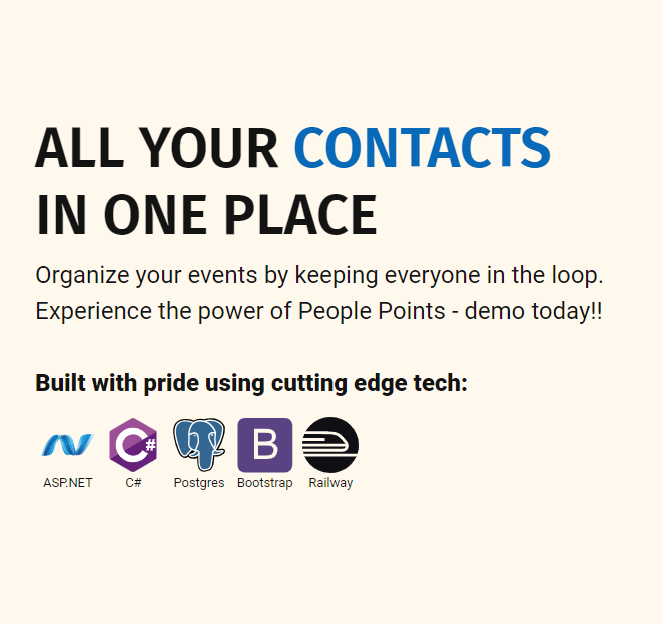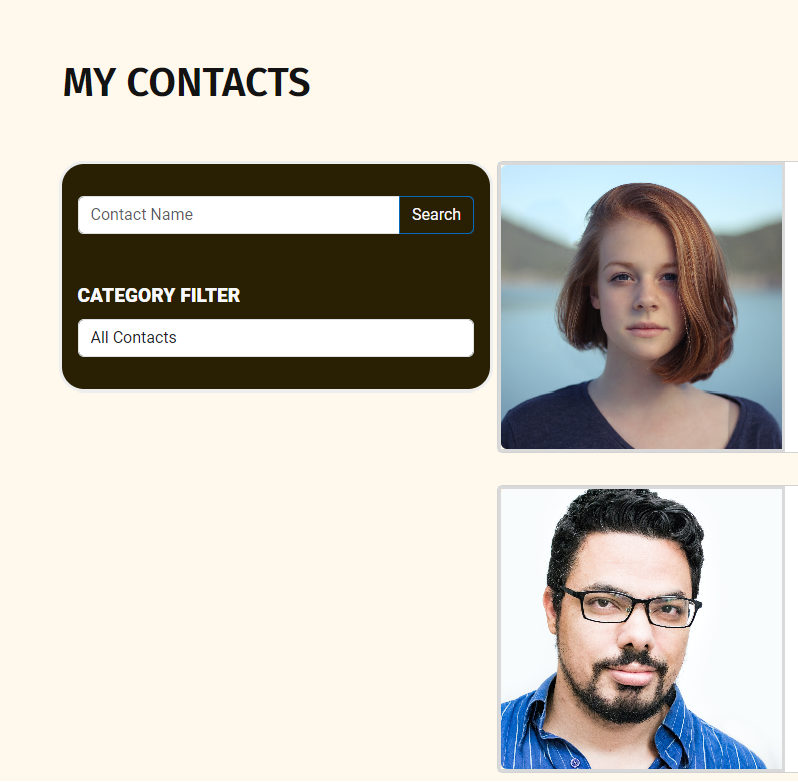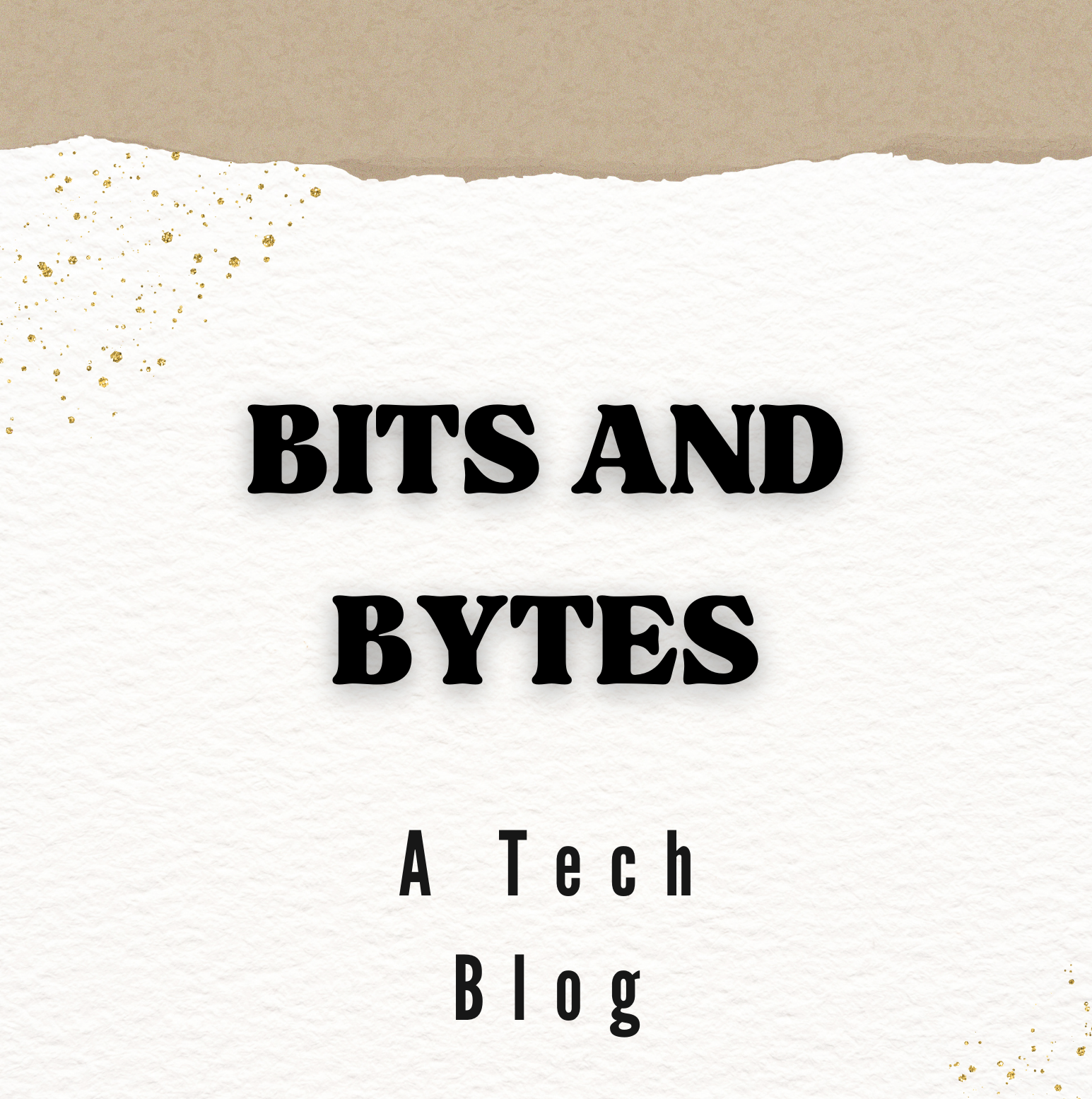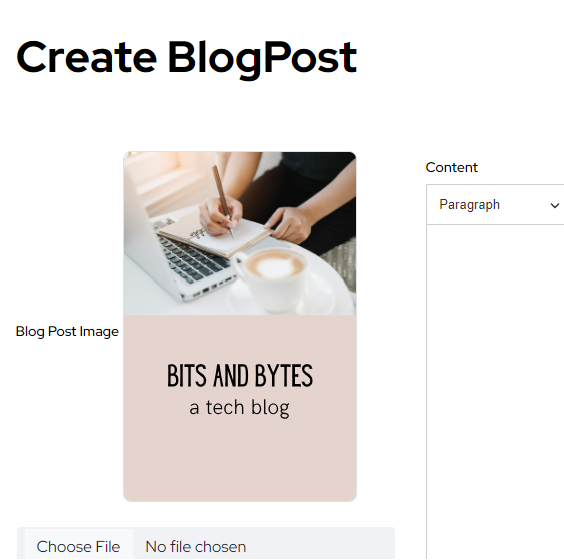Understanding the MVC Architecture
The MVC (Model-View-Controller) architecture is a fundamental concept widely used in software development to organize and manage code in a way that enhances maintainability and scalability. But what exactly does MVC mean, and why is it so beneficial for developing applications? Let’s break it down into simple terms.
At its core, the MVC pattern divides an application into three interconnected components, each responsible for a distinct aspect of the application's operations. First, we have the Model, which represents the data and the business rules of the application. It is the central component that directly manages the data, logic, and rules of the application. For example, if your application is a book library, the Model will manage information such as book titles, authors, and availability.
Next, the View component is what users interact with. It presents the Model data to the user, but does not perform any processing. Views display data from the Model to the user and send user commands (e.g., keystrokes, mouse clicks) to the Controller. This separation allows the user interface to be changed without altering the underlying business logic.
Lastly, the Controller acts as an intermediary between the Model and the View. It listens to the user inputs given through the View, processes them (perhaps with the help of Model), and returns the output display to the View. Essentially, the Controller updates both the Model and the View but keeps the two separated.
This separation of concerns within the MVC architecture provides several advantages. It simplifies the management of complex applications, allows for efficient code reuse, and separates the interface from the business logic, making the development process more manageable and the application more scalable. As a beginner in technology, understanding and implementing MVC can greatly improve your coding practices and project outcomes.
Published 539 days ago



